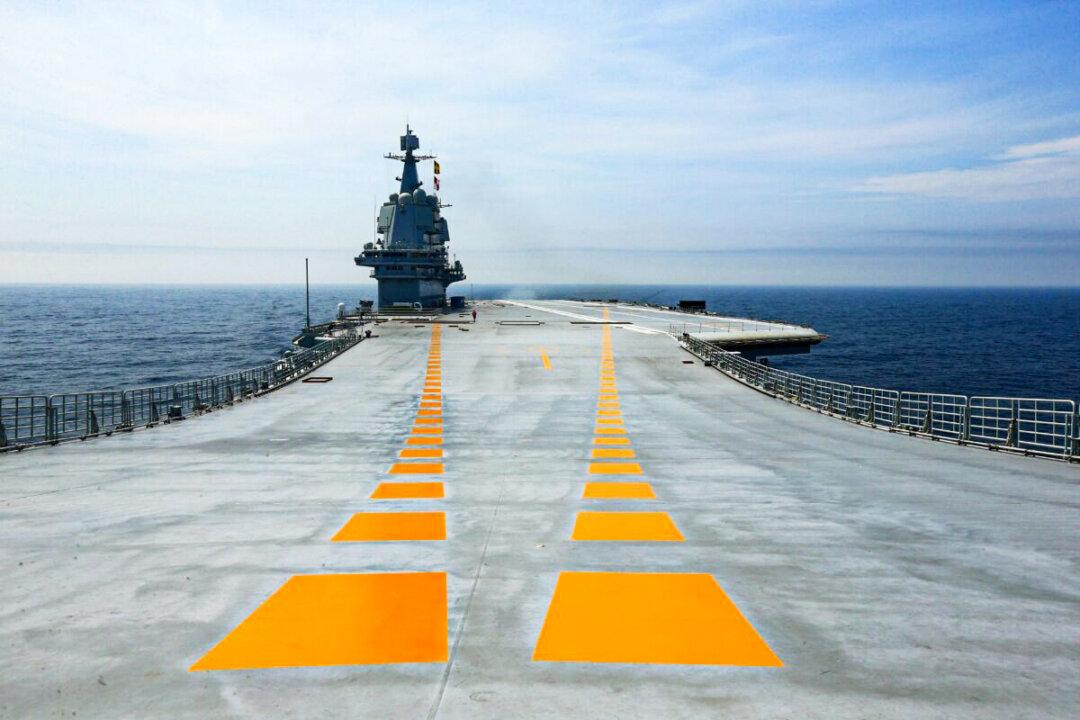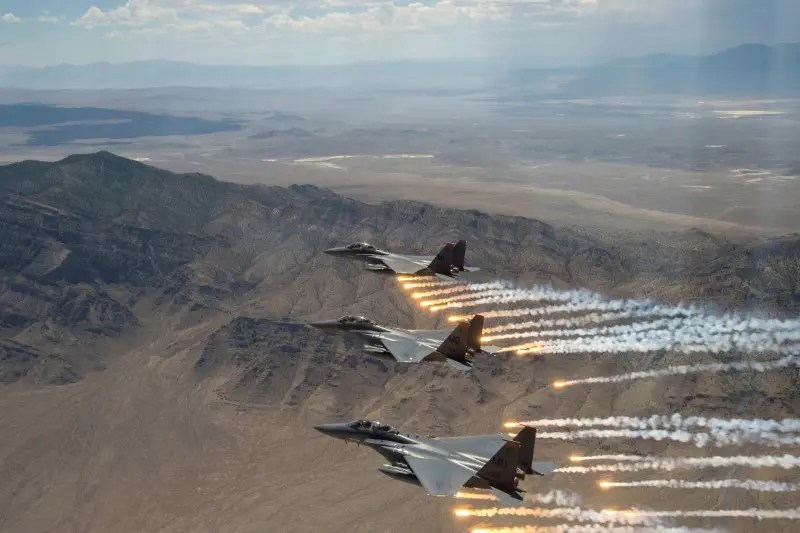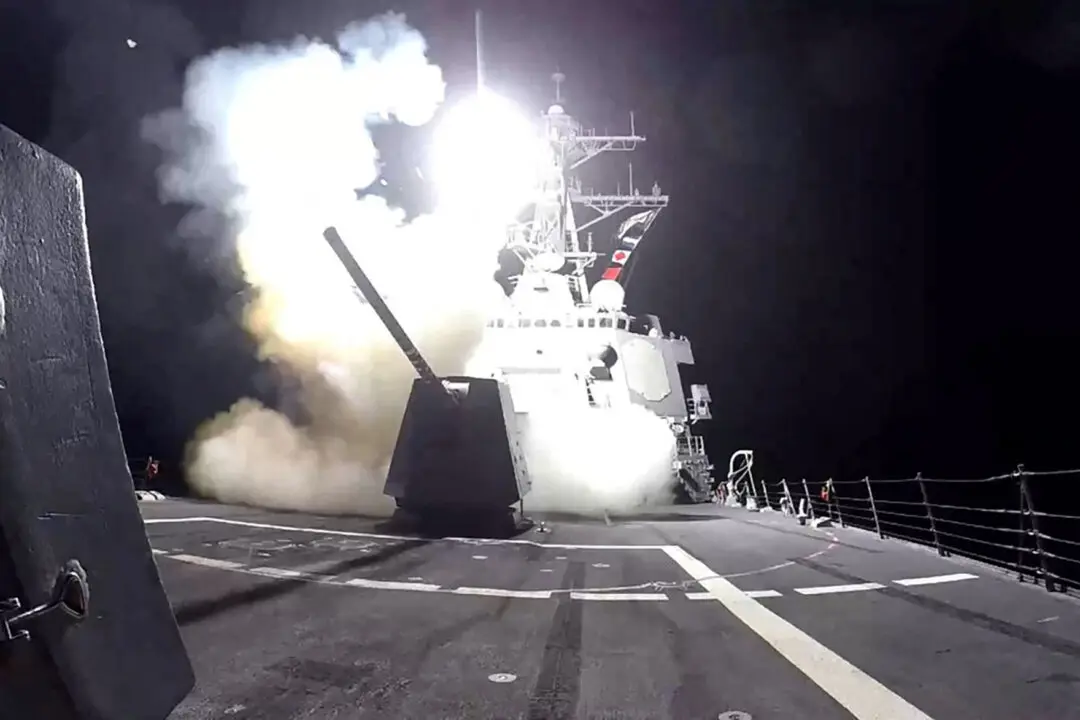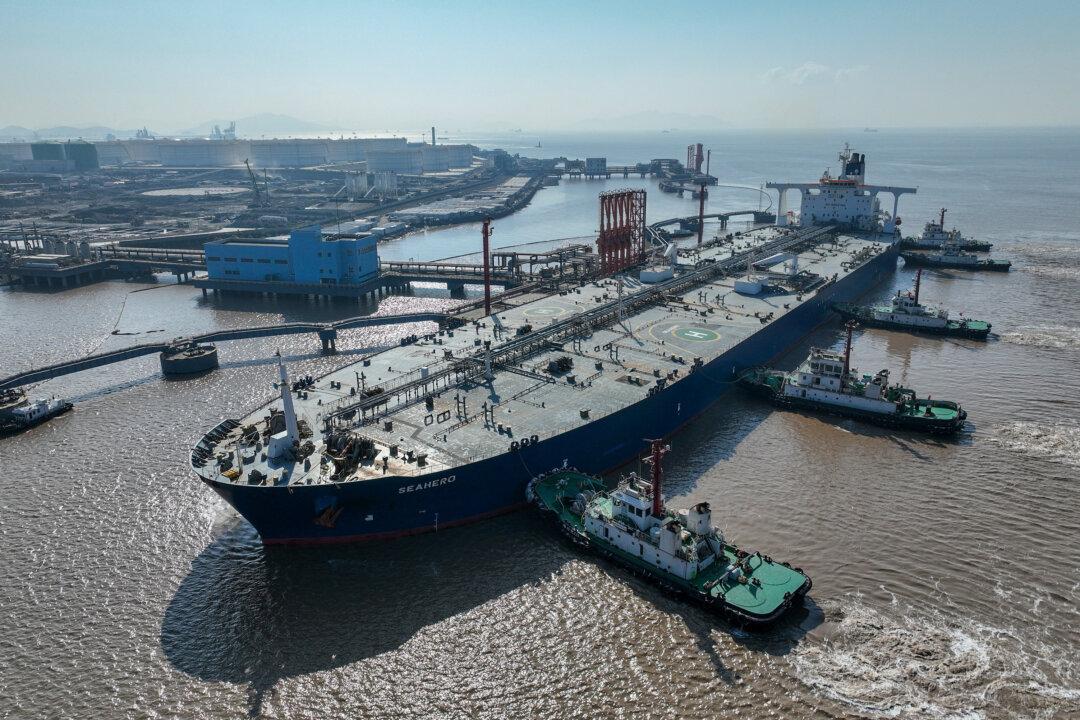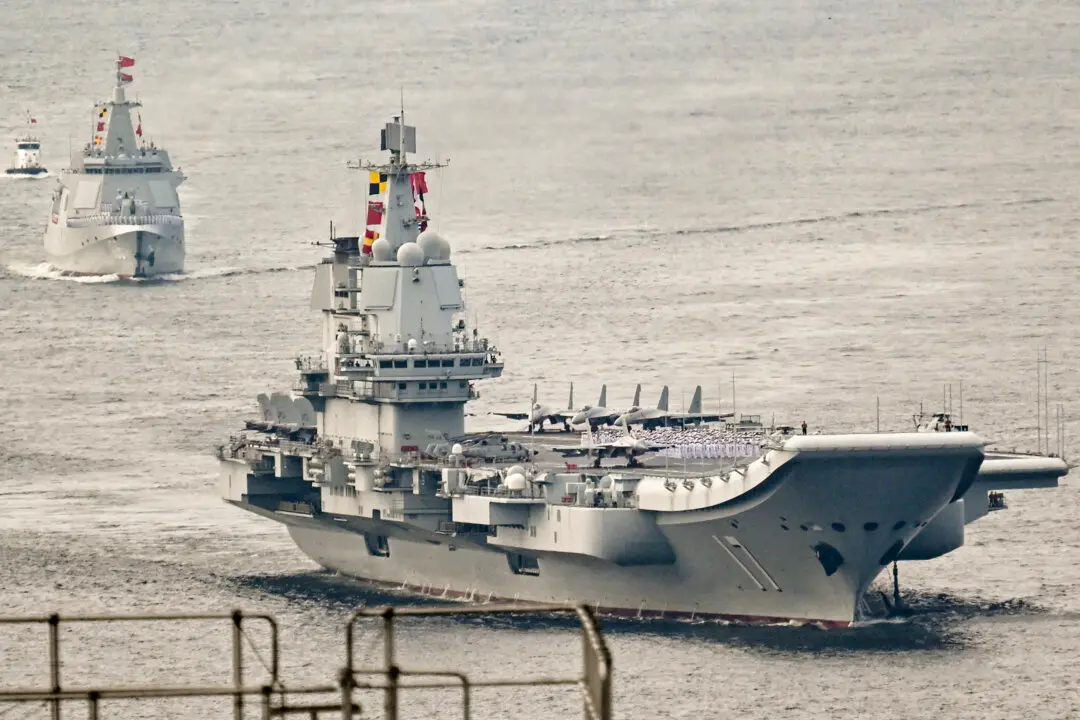China launched its third aircraft carrier on June 17, marking the latest step in the communist regime’s march toward military modernization.
Previously known as the Type 003, Chinese communist authorities dubbed the vessel the “Fujian” during an elaborate ceremony rife with champagne, colored smoke, and ribbons. The name Fujian references the province immediately opposite Taiwan across the Taiwan Strait, and serves as a reminder of the Chinese Communist Party’s (CCP) ambition to unite the self-governed island with the mainland.
